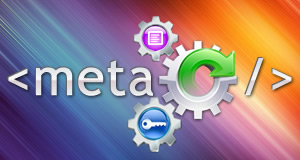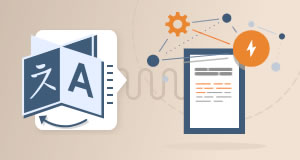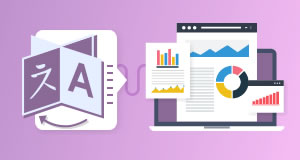
The blog post was updated on 12 February 2024.
Translation services can transform your assets for your local audiences, helping you to succeed in your international markets.
One thing that is vitally important when it comes to translation is quality. You want to achieve high-quality results the first time around, as this can save you time, money and resources.
In this blog post, we will look at three key aspects of translation quality assurance, so that you can get translation excellence first time around!

1. Style guides

“Style is a way to say who you are without having to speak.” – Rachel Zoe
When creating English content, there is usually a high amount of market research, careful consideration of tone, formality and style before publishing content. This detailed information is usually stored in a style/brand guide. The process may be ongoing and evolving as your brand grows.
It is important that this same process is followed for your translations. Your content needs to grab your audience and build trust with them. Building a language-specific or even a general language style guide will go a long way. It is designed to capture your brand essence, whilst ensuring that your content takes local research into consideration and also addresses the cultural aspects and subtle nuances of each target language.
2. Glossaries (term bases)

“If names are not correct, language will not be in the accordance with the truth of things.” – Confucius
Translation glossaries, also known as “term bases”, play a crucial role in helping translators comprehend specific terminology requirements. Depending on your content, you may have one or multiple glossaries, differentiating between various types of content. For instance, you might maintain separate glossaries for marketing content versus technical documents. Similarly, if you localise catalogues whilst keeping your software in the source language, it is advisable to specify these distinctions.
It is not uncommon to have different types of glossary entries. You could have “blacklisted terms” which ensure translators are fully aware of terminology which must not be used. You could also have “grey lists” which are a list of terms which you would rather not use, but do potentially have a place in your content, and that translators should use sparingly. Glossaries can also be used to flag when you want a translator to leave a term in the source language; to signal this, the target entry will match the source.
3. Translation memories

“Today’s moments are tomorrow’s memories.” – Unknown
Translation memories store past translations to assist with the consistency, quality, cost and speed of tomorrow’s translation. Translation memories are a very popular tool used both by agencies and many freelance translators. The actual translation memory is, in essence, a multilingual table of source versus target translations. Like a term base (glossary), they are integrated into a computer-assisted translation (CAT) tool to make the database functional.
When you send a document for translation, the CAT tool analyses the text for sentences or strings of text that are similar to or directly match content within the memory. It will then either pre-populate or make these available to the translator for re-use or editing, as required.
Want to learn more?
I hope this blog post has given you a useful introduction to translation quality assurance. For more in-depth information, read my free, full-length guide here. The guide covers:
- style guides
- context and references
- glossaries (term bases)
- translation memories
- localisation workflows
- a dedicated team
- feedback
Samantha Brazel
Latest posts by Samantha Brazel (see all)
- An introduction to SEO-localisation - March 23, 2023
- 3 tips for achieving high-quality translations - March 21, 2023
- 3 tips to make website translation more efficient - May 18, 2022






Thank you Samantha for sharing your insightful article. Personally I use google translate plugin on my websites to reach like-minded international communities who value my web design expertise.
Hi Daniel, Thank you for taking the time to read my article and leave your comment, it’s appreciated. How are you finding the Google plugin for your personal needs? I’ve generally found that one solution doesn’t fit all by any means. It sounds as though you’re doing very well. Just as a general question, if a budget wasn’t a concern, do you feel a more tailored and personal translation solution would bring you even better results and collaborations?